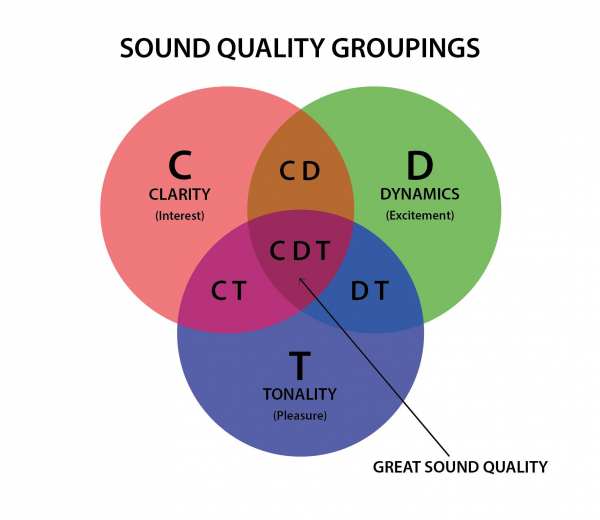

Henry made do with talent and ingenuity.ĭesigner Phil Jones may have fed the LS3/5A concept steroids, but the AE1 makes the list because it spearheaded the resurgence of the metal-cone woofer, which acts as a pure piston in its passband. He designed the Advent armed with microphone, voltmeter, oscilloscope, and signal generator, but without-the entire generation of speaker engineers who graduated since the early 1980s will be astonished to learn-a computer. And given that everyone was convinced that good speakers needed to use three drive-units, Henry made do with two. In the case of the Advent Loudspeaker, he designed America's first true high-end dynamic sealed-box loudspeaker. The late Henry Kloss had the Midas touch: whatever his fancy alighted on turned into sonic gold. I haven't heard an NS1000 in 20 years, and often wonder how it would measure up in today's more refined market. It was sensitive, it used a high-tech midrange dome using vapor-deposited beryllium on an aluminum substrate, and it (ahem) kicked major booty! The Yamaha's major use of technology made many contemporary European and American speaker-makers look more like box-stuffers. But with the first Magnepan and the Infinity Servo-Statik, Jon Dahlquist's staggered-baffle speaker helped launch the High End in the early 1970s.īack in the days when paper cones were de rigueur (though a handful of British engineers were playing with plastic cones) and designers were starting down the path to trade off reduced coloration against the need for more and more driving volts from the amp, Yamaha introduced the NS1000. The Brits hated the DQ-10 for its superficial resemblance to their beloved Quad electrostatic. Pretty much the same drive-units were used in AR's multidirectional LST, which years later was to inspire Mark Levinson's Cello speakers. It may have been ugly, colored, and with rolled-off highs, but the sealed-box 3A defined the "Boston Sound" and helped establish the American speaker industry.


 0 kommentar(er)
0 kommentar(er)
